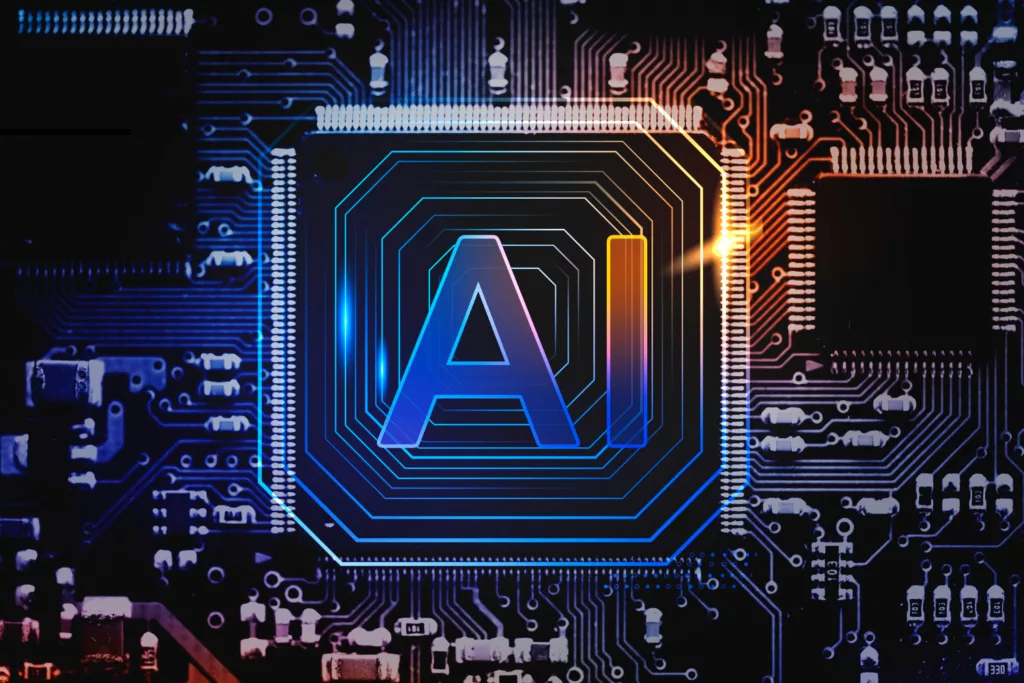Graphic design is a field that thrives on creativity and innovation. With the advent of artificial intelligence (AI), designers now have access to a range of AI-generated tools and platforms that can unlock new levels of creativity and streamline the design process. In this article, we will explore the world of AI-generated graphic design, including online tools, websites, and examples that demonstrate the potential of AI in unleashing creativity.
Introduction to AI-Generated Graphic Design
AI-generated graphic design refers to the use of artificial intelligence algorithms and tools to assist or automate various aspects of the design process. These AI-powered tools can generate design suggestions, automate repetitive tasks, and provide inspiration to designers. By harnessing the power of AI, designers can tap into new creative possibilities and streamline their workflow.

Online Tools for AI-Generated Graphic Design
There are several online tools that leverage AI to generate design elements and assist designers in their creative process. These tools offer features such as automated layout suggestions, color palette generation, and intelligent image resizing. Some popular online tools for AI-generated graphic design include:
- Canva: Canva provides a user-friendly platform that incorporates AI algorithms to generate design suggestions, offer templates, and automate various design tasks.
- Designhill Logo Maker: Designhill Logo Maker uses AI to generate logo design suggestions based on user input and preferences, enabling designers to explore different logo concepts quickly.
- ArtistoGraph: ArtistoGraph is an AI-powered tool that transforms images into artistic styles, allowing designers to create unique visual effects and aesthetics.
- Pix2Pix: Pix2Pix is a tool that uses AI to generate realistic images based on rough sketches or line drawings, providing designers with a quick way to visualize their ideas.
Websites Showcasing AI-Generated Graphic Design

Several websites are dedicated to showcasing and exploring the potential of AI-generated graphic design. These platforms curate and feature designs created using AI algorithms, providing inspiration and insights into the capabilities of AI in graphic design. Some notable websites in this space include:
- AI by Google: Google’s AI website showcases various projects and experiments in the realm of artificial intelligence, including AI-generated artwork and graphics.
- AI Gallery: AI Gallery is an online platform that features AI-generated designs, illustrations, and graphics created by artists and designers from around the world.
- AI Artists: AI Artists is a community-driven platform that highlights AI-generated artwork and graphic design, fostering collaboration and discussions around AI and creativity.
Examples of AI-Generated Graphic Design
AI-generated graphic design has already produced impressive results across various design disciplines. Here are a few notable examples:
- Generative Adversarial Networks (GANs): GANs are a type of AI algorithm that can generate realistic images from random noise. They have been used to create stunning artwork, and unique textures, and even generate realistic faces.
- AI-Generated Logos: AI-powered logo design tools can generate logo concepts based on user preferences, offering a wide range of design options to choose from.
- Automated Layout Design: AI algorithms can analyze content and generate layout suggestions for websites, brochures, and other design projects, saving designers time and effort in the initial design phase.
Benefits and Limitations of AI in Graphic Design
The use of AI in graphic design offers several benefits:
- Enhanced Creativity: AI-generated tools and suggestions can inspire designers, spark new ideas, and push creative boundaries.
- Streamlined Workflow: AI automation can handle repetitive tasks, allowing designers to focus on more complex and creative aspects of the design process.
- Time and Resource Savings: AI-powered tools can generate design elements and suggestions quickly, saving designers time and effort.
- Exploration of New Design Possibilities: AI algorithms can generate unique design concepts and explore design variations that designers may not have considered.
However, it’s important to note that AI also has its limitations in graphic design:
- Lack of Human Intuition: AI algorithms lack human intuition and may not fully understand the context or subjective aspects of design.
- Dependence on Input Data: AI algorithms rely on quality input data, so the results can be limited by the data available during the training process.
- Risk of Uniformity: Relying solely on AI-generated designs may lead to a lack of diversity and risk of designs feeling generic or lacking uniqueness.
Conclusion
AI-generated graphic design is revolutionizing the way designers approach their work, offering new tools, inspiration, and creative possibilities. Online tools and websites dedicated to AI-generated design showcase the potential of AI in unlocking creativity and streamlining workflows. While AI offers significant benefits, it’s important for designers to balance AI-generated suggestions with their own creative intuition and understanding of design principles. By embracing the power of AI, graphic designers can enhance their creative process, explore new design frontiers, and create exceptional visual experiences.
Frequently Asked Questions
Answer: AI-generated designs can be original and unique, but they heavily depend on the input data, algorithms, and training process. Designers should ensure that AI-generated designs are appropriately customized and personalized to meet their specific creative vision.
Answer: No, AI cannot replace human graphic designers. AI is a powerful tool that enhances the creative process and streamlines workflows, but it cannot replicate human creativity, intuition, and understanding of aesthetics.
Answer: Designers should view AI-generated designs as sources of inspiration and starting points. They should leverage AI-generated suggestions and ideas but also bring their own creativity, insights, and understanding of design principles to craft unique and impactful designs.
Answer: Yes, AI-generated designs can be customized and modified by designers. Designers have the ability to refine and personalize AI-generated designs according to their creative vision and project requirements.
Answer: Yes, ethical considerations such as respecting copyright, and intellectual property rights, and ensuring responsible use of AI algorithms should be taken into account when using AI-generated graphic design tools and platforms.




Leave a Reply